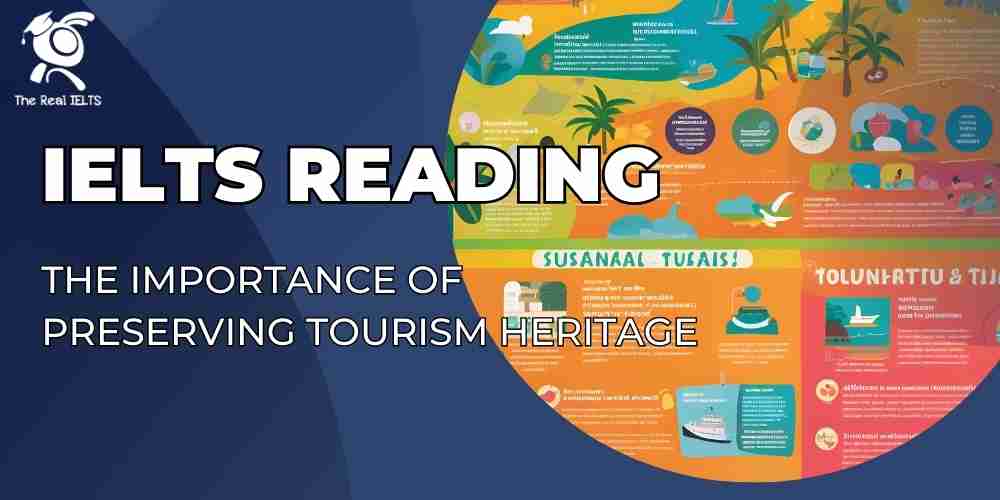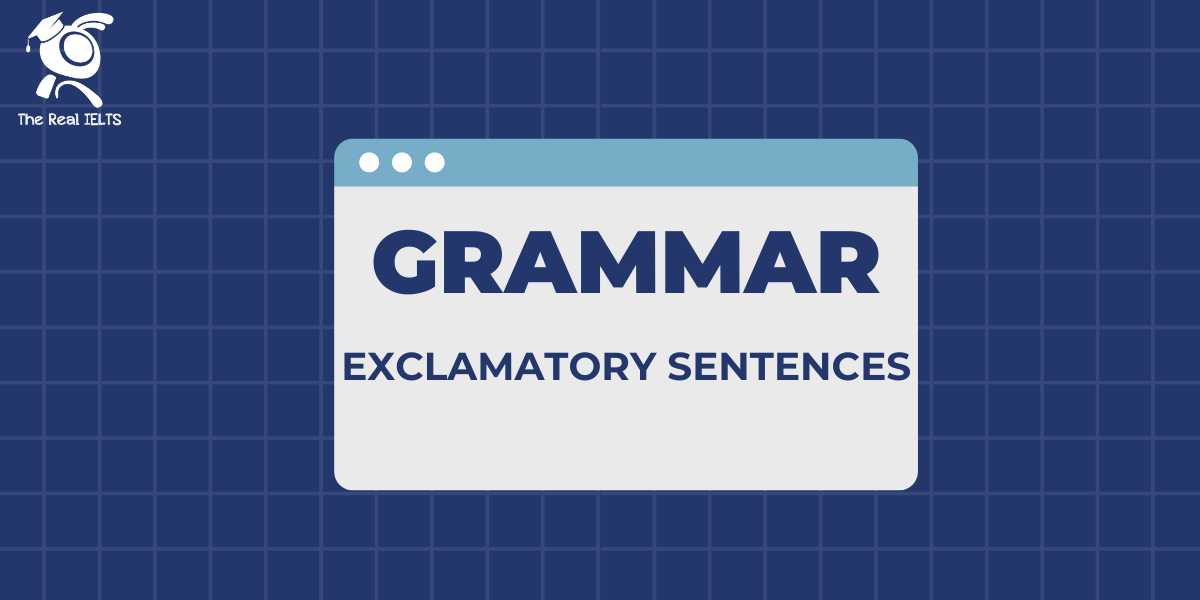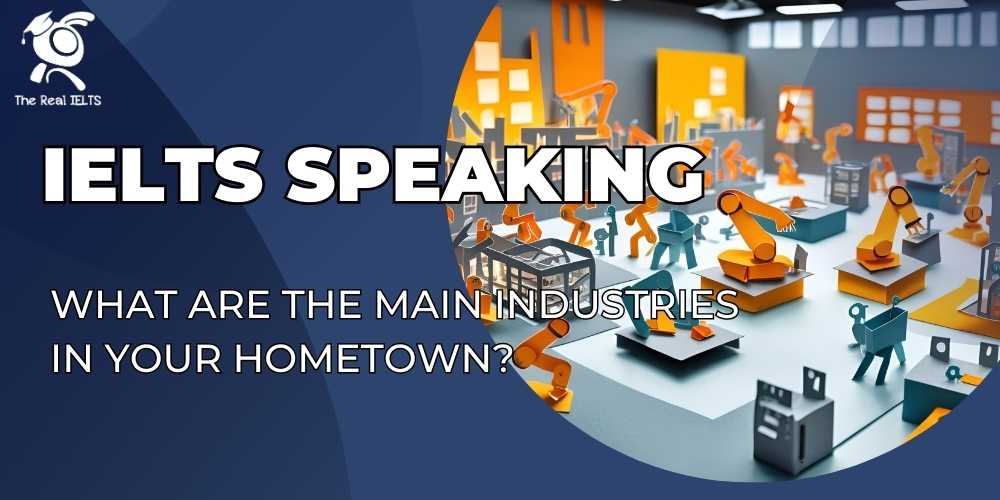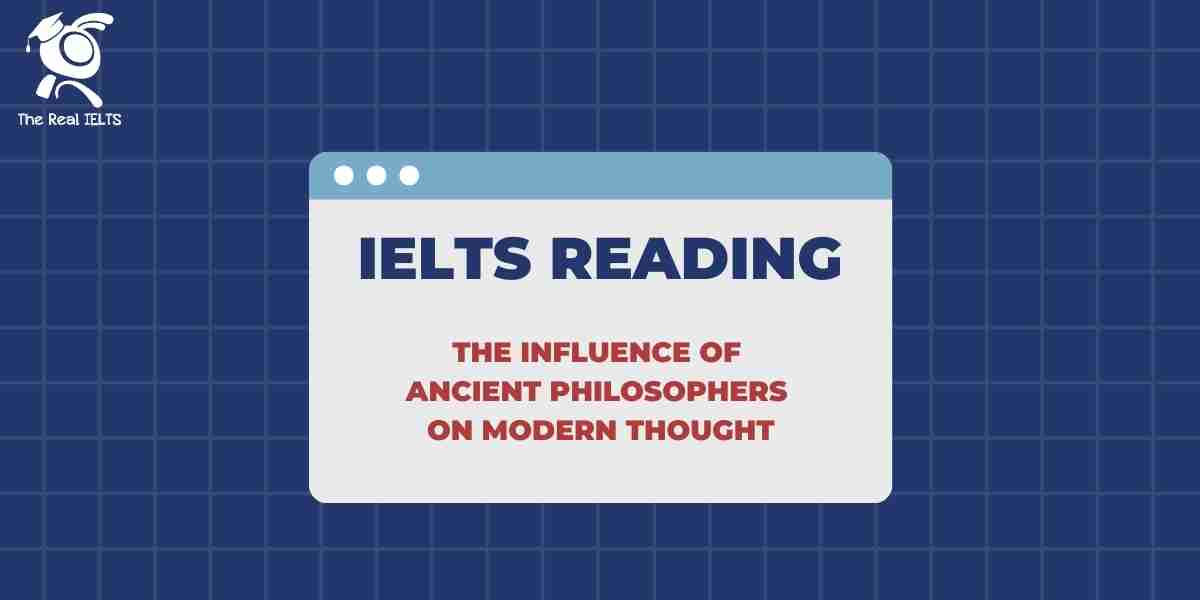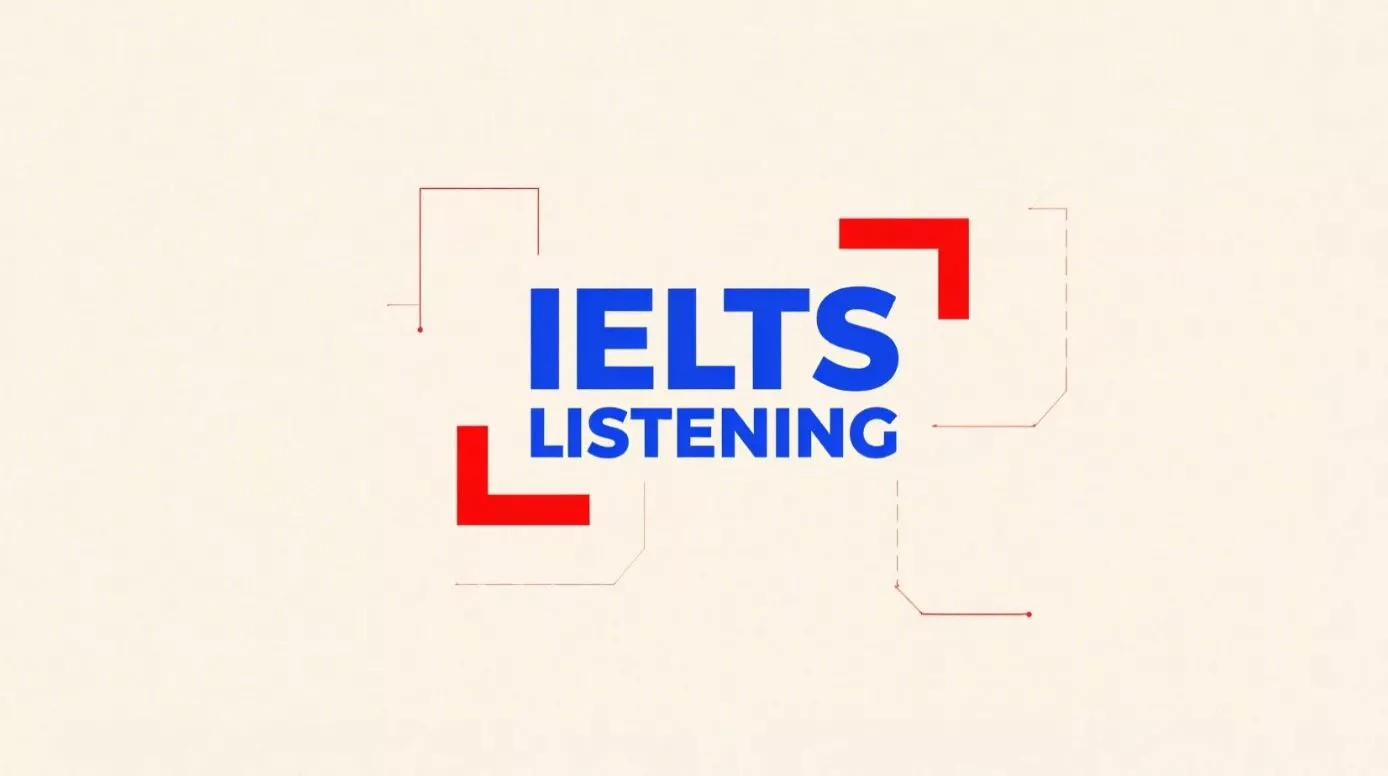IELTS Reading 78: The Importance of Preserving Tourism Heritage là chủ đề thuộc chuỗi bài luyện tập 11 dạng bài IELTS Reading và các bài tập luyện tập.
Học lại bài cũ: IELTS Reading 77: Development of the aviation industry.
IELTS Reading: The Importance of Preserving Tourism Heritage
Preserving tourism heritage is vital for multiple reasons, including cultural, economic, and environmental aspects. Heritage tourism refers to travel directed toward experiencing the heritage of a location, encompassing historical sites, cultural practices, and traditional landscapes. As global interest in authentic experiences rises, the preservation of such heritage becomes increasingly essential.
One primary reason for safeguarding tourism heritage is its cultural significance. Historical sites, monuments, and cultural practices serve as tangible links to the past, reflecting the identity and values of communities. These elements foster a sense of pride and belonging among local populations, promoting cultural continuity and awareness. Additionally, heritage sites often attract visitors who seek a deeper understanding of different cultures, thus encouraging mutual respect and appreciation.
Economically, heritage tourism plays a crucial role in many regions. The influx of tourists seeking to explore historical and cultural sites can lead to substantial revenue generation for local economies. Entrance fees, guided tours, and related services create jobs and support local businesses. Furthermore, tourism revenue can be reinvested into the maintenance and restoration of heritage sites, creating a sustainable cycle that benefits both visitors and the local community.
Environmental considerations also underscore the importance of preserving tourism heritage. Many heritage sites are situated in ecologically sensitive areas, and the preservation of these sites can contribute to environmental conservation. By promoting sustainable tourism practices, heritage tourism can help raise awareness about environmental issues and encourage the protection of natural resources. Responsible tourism can limit negative impacts on the environment, ensuring that both cultural and natural heritage are preserved for future generations.
Despite its advantages, the preservation of tourism heritage faces numerous challenges. Urbanization, climate change, and commercialization pose significant threats to historical sites and cultural practices. Urban development often leads to the destruction of heritage sites, while climate change can accelerate the deterioration of structures. Moreover, excessive commercialization can strip heritage sites of their authenticity, transforming them into mere attractions rather than living embodiments of culture.
To mitigate these challenges, it is essential to adopt comprehensive preservation strategies. This includes engaging local communities in the management and protection of their heritage, fostering a sense of stewardship among residents. Education and awareness programs can also play a significant role in promoting the value of heritage preservation. Governments and organizations must collaborate to establish guidelines that balance tourism development with the need to protect cultural and historical assets.
In conclusion, the preservation of tourism heritage is crucial for sustaining cultural identity, boosting local economies, and protecting the environment. By prioritizing the conservation of historical sites and cultural practices, societies can ensure that future generations will continue to benefit from and appreciate their rich heritage. The collective effort to preserve tourism heritage will not only enhance the travel experience for visitors but also strengthen the bonds within local communities.
Questions
1. Multiple Choice
- What is a primary benefit of preserving tourism heritage according to the passage? A. It reduces the cost of tourism.
B. It promotes cultural identity.
C. It increases the number of tourists.
D. It creates new tourist attractions. - Which of the following is mentioned as a challenge to tourism heritage preservation?
A. High maintenance costs.
B. Excessive commercialization.
C. Lack of tourist interest.
D. Insufficient government funding.
2. True/False/Not Given
- Cultural heritage has no impact on local pride.
- The preservation of tourism heritage can help generate revenue for local economies.
- The passage states that climate change has no effect on historical sites.
3. Yes/No/Not Given
- The passage implies that local communities should play a role in heritage preservation.
- The author believes that preserving tourism heritage is not worth the effort.
4. Matching Information
- Match the following challenges to their corresponding explanations:
A. Urbanization
B. Climate change
C. Commercialization
5. Matching Headings
- Choose the appropriate heading for each paragraph:
A. The cultural significance of heritage tourism.
B. Economic benefits of tourism heritage.
C. Environmental impacts of tourism heritage.
D. Challenges in preserving tourism heritage.
6. Matching Sentence Endings
- The preservation of heritage tourism can help…
A. create jobs in the local community.
B. destroy the authenticity of cultural sites.
C. reduce the impact of climate change.
D. raise awareness about environmental issues.
7. Sentence Completion
- Heritage tourism is directed towards experiencing the _______ of a location.
- Local businesses benefit from tourism through _______ generated by visitors.
8. Summary Completion
- According to the passage, preserving tourism heritage is essential for _______ and boosting local economies.
9. Diagram Label Completion
- Complete the labels for the diagram illustrating the cycle of heritage tourism benefits.
10. Short Answer Questions
- What role does tourism heritage play in local economies?
- How can local communities contribute to the preservation of their heritage?
11. Table/Flowchart/Note Completion
| Aspect | Details |
|---|---|
| Cultural Significance | |
| Economic Benefits | |
| Environmental Considerations | |
| Challenges to Preservation | |
| Role of Local Communities | |
| Sustainable Practices |
Đáp án
1. Multiple Choice
- B. It promotes cultural identity.
- B. Excessive commercialization.
2. True/False/Not Given
- False. (Cultural heritage does impact local pride.)
- True. (The passage states that preserving tourism heritage can generate revenue for local economies.)
- False. (The passage mentions that climate change can accelerate the deterioration of structures.)
3. Yes/No/Not Given
- Yes. (The passage implies that local communities should be involved in heritage preservation.)
- No. (The author does not believe preserving tourism heritage is not worth the effort.)
4. Matching Information
- A. Urbanization – Destruction of heritage sites due to development.
- B. Climate change – Accelerated deterioration of structures.
- C. Commercialization – Stripping of authenticity from heritage sites.
5. Matching Headings
- A. The cultural significance of heritage tourism. – 1.
- B. Economic benefits of tourism heritage. – 2.
- C. Environmental impacts of tourism heritage. – 3.
- D. Challenges in preserving tourism heritage. – 4.
6. Matching Sentence Endings
- The preservation of heritage tourism can help…
A. create jobs in the local community.
7. Sentence Completion
- Heritage tourism is directed towards experiencing the heritage of a location.
- Local businesses benefit from tourism through revenue generated by visitors.
8. Summary Completion
- According to the passage, preserving tourism heritage is essential for cultural identity and boosting local economies.
9. Diagram Label Completion
- Complete the labels for the diagram illustrating the cycle of heritage tourism benefits.
(Answers will depend on the specific content of the diagram, which is not provided here.)
10. Short Answer Questions
- What role does tourism heritage play in local economies?
It generates revenue and creates jobs. - How can local communities contribute to the preservation of their heritage?
By engaging in management and protection efforts.
11. Table/Flowchart/Note Completion
| Aspect | Details |
|---|---|
| Cultural Significance | Promotes local pride and cultural continuity. |
| Economic Benefits | Generates revenue and creates jobs. |
| Environmental Considerations | Encourages sustainable tourism practices. |
| Challenges to Preservation | Urbanization, climate change, commercialization. |
| Role of Local Communities | Engage in management and protection of heritage. |
| Sustainable Practices | Promotes responsible tourism and conservation. |


